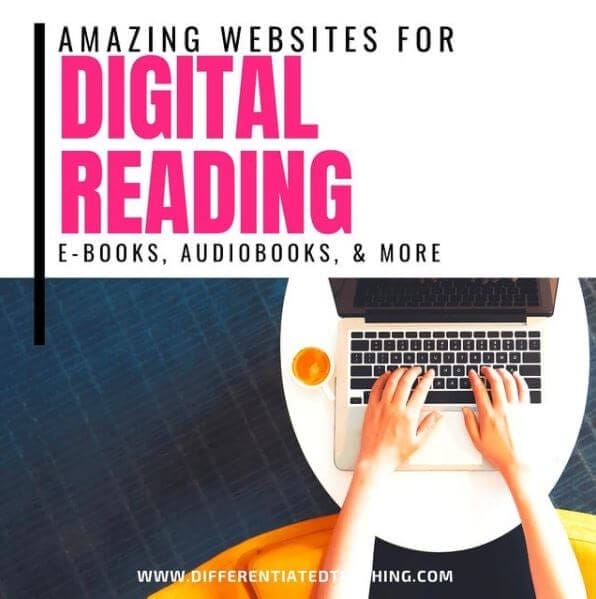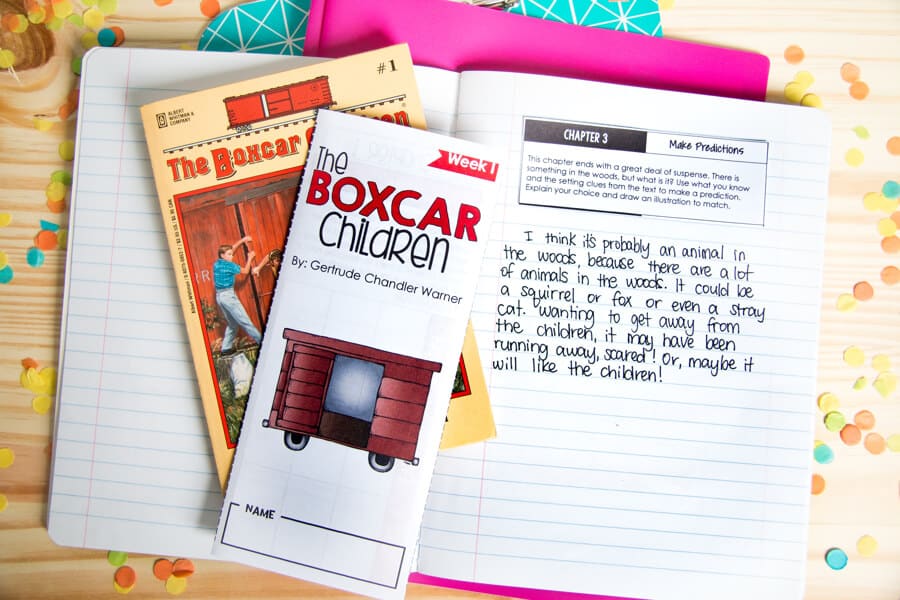Pre-Reading Activities to Hook Students for your Next Novel Unit
Novel studies can be fun and engaging for students, but reading a book for the first time can be really daunting, especially for struggling students. One common cause of anxiety is that we haven’t prepared them for the reading. The problem is that many of us skip pre-reading activities when planning our novel units in order to jump right into the text. However, these introductory lessons are crucial because they build excitement and background knowledge before students even crack open the book.
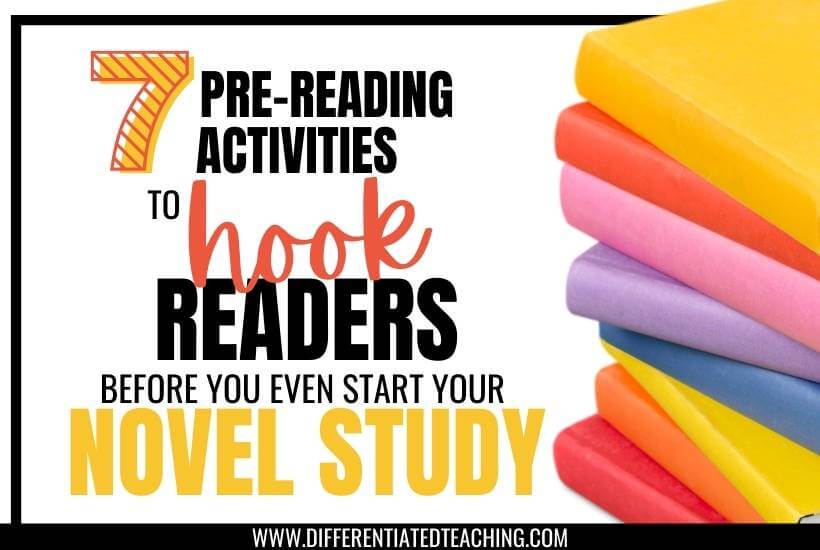
7 Great Pre-Reading Activities that Build Buy-In for your Next Novel Unit
You probably spend a lot of time planning what to do after a novel unit. But let’s face it, if your students aren’t engaged throughout the process, they’re not going to learn anything. Luckily, there are tons of great pre-reading activities out there that can help you maximize student engagement.
Today I wanted to share eight of my favorite ways to introduce a new book study unit. Each of these ideas is designed to help learners build background knowledge of the novel and deepen your students’ connections with the book.
1. Start with a visual to introduce & build background knowledge.
Some teachers include a brief video to introduce a new unit, novel, or topic. In her article, “The Power of Videos,” Kylene Beers explains, “We remember 10% of what we hear, 30% of what we see, and up to 65% of what we see and hear.” Therefore, videos can be a great way to capture student attention and help them understand what is to come.
You may use video as an introduction to a time period that will be the setting of the next novel. From movie trailers to restored film from 1900, using video to introduce your new topic can take any number of shapes.
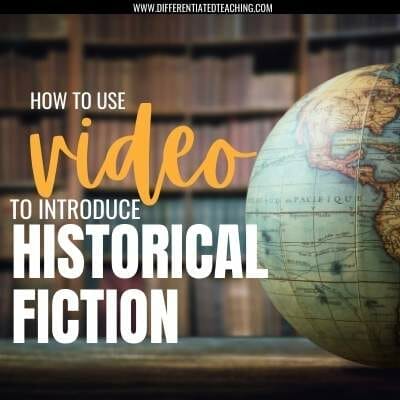
When it comes to historical fiction, for example, one unique activity involves having students first watch original black-and-white footage based on the time period. After watching a short video, have students describe their feelings, thoughts, and generate a list of questions they have about what they saw.
Then show them the same footage with color added. There’s an abundance of professionally colorized historic video online. Kids might have a new perspective of a bygone era when faced with a century-old film that doesn’t seem quite so long ago when introduced with color.
Video introductions can also help students see that the characters in the book may be very different than they are, but many of the problems they face are the same as the problems we face today. There are lots of excellent free websites you can use to help you with this process, which is especially important if you’ve got virtual learners.
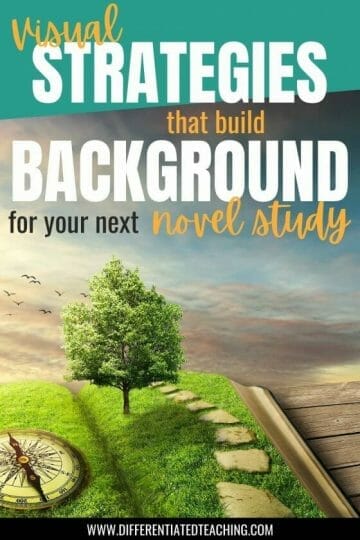
Another alternative would be to use a picture book. Picture books can be a great way to introduce the setting and time period of a novel because they are so visual. Even older students enjoy having a high-quality picture book read aloud to them, and it can really foster some great conversation related to the upcoming text.
Starting off a new novel unit with a visual pre-reading activity is especially effective for English language learners and students reading behind their grade level because it allows them to begin to level the playing field with their peers.
While these are just a few examples of ways to give students some background exposure, visuals are a versitile option that has many different possible uses.
2. Take a (virtual) Field Trip
Virtual field trips are increasingly used in the classroom to supplement traditional reading assignments. These virtual field trips enable students to make the characters, settings, or themes of their next novel study come alive.
You’ll be amazed by the interactivity of virtual tours, from zoos to war museums. Many of these virtual tours even offer guides, interactive stations, and ways of sharing student thoughts, questions, and comments.

From aquariums to history museums and Google’s collection of 2500 art and culture virtual tours, it’s all out there waiting to be discovered. You can even take a virtual star-gazing field trip! In the era of 1-to-1 computer access, remote learners can even tour foreign countries or prestigious museums from the comfort of home.
Taking students on a virtual field trip to the place the book is set, for example, can help them visualize the plot of the story more clearly.
3. Purposefully make connections using graphic organizers.
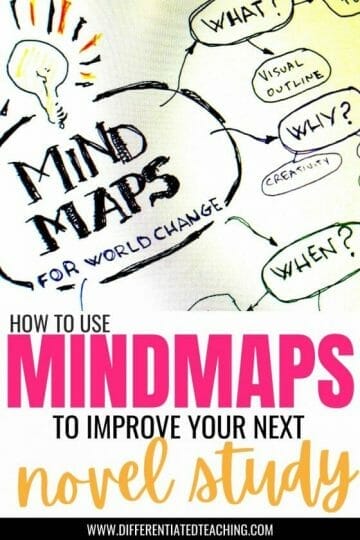
Graphic organizers are a great pre-reading activity to help students make connections between their background knowledge and an upcoming novel unit. Plus, this offers a great opportunity for you to grasp what students already know before digging into a new book.
Whether you are using a graphic organizer to record what students already know about settings, plot, or themes, students will find it easier to make connections to the book if they have a visual representation of the information of their shared understanding before they begin.
One of the fastest and easiest ways you can do this is by using a KWL chart or mind-map. These are great for both virtual and in-person learners because can be quickly and easily created and shared individually or as a group. Mindmaps can be especially helpful graphic organizers because they allow students to show the relationships between pieces of the whole.
The best way to use these is to help spur a class discussion. This way students get the opportunity to benefit from one another’s background knowledge in addition to their own.
4. Analyze a Text Quote
Text analysis is a great way to introduce your novel study unit, especially when used in the context of identifying themes. As a pre-reading activity, text analysis examines the plot or elements of the story through the reader’s perspective prior to introducing them to the narrator’s view.
In many of my novel study units, I use text analysis to look at the key elements of the novel we are studying. What makes text analysis so useful is that it helps us understand the novel better.
When we analyze the text, we can see the patterns of how the author worked and how he chose to create the drama, conflict, and themes of the novel.
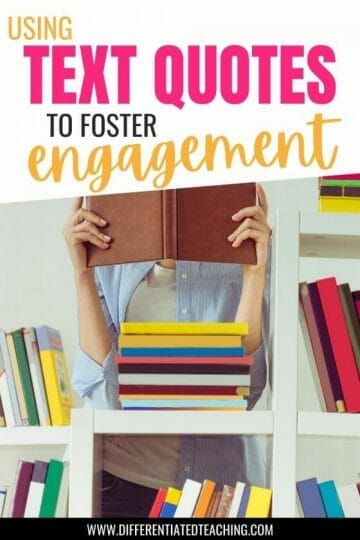
As a pre-reading strategy, text analysis allows students to examine their own preconceived notions. This can be helpful to refer back to during later conversations while reading.
When reading a book for the first time, it can be difficult for students to keep track of the details. When you’ve got a group of struggling learners, this can be frustrating, but it isn’t their fault.
We need to give them the tools to analyze the book. Instead of reading a book and hoping for the best, spend some time analyzing important text quotes prior to reading. Encourage students to listen for them while reading the book. This can help them understand both the plot and characters more clearly.
Whether or not you’ve already assigned readings to your students, analyzing an important text quote is always a great way of training kids to become active, critical readers.
5. Debate an Issue
A debate can be a great way to engage students before you introduce the book. Consider having students debate an issue from the text. By thinking about it in this format, they’ll be better prepared to examine the perspectives of the characters.
You can also use this debate preparation as a formative assessment, giving your students time to think about the key issues and providing you with an opportunity to gauge their current understanding of the nuances of both sides.
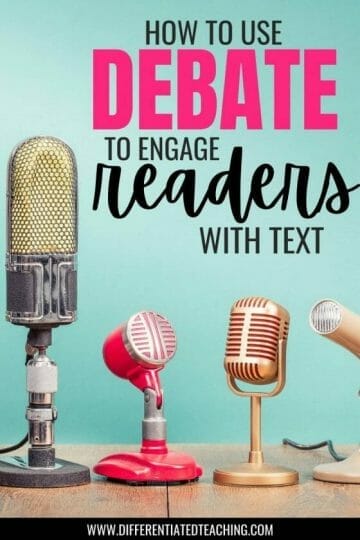
As you consider using this strategy, be sure to take into account your learners and their personalities. While most students won’t pass up an opportunity to speak out and defend an opinion they feel passionate about, more introverted students may find this activity uncomfortable.
To address this, consider offering different choices. For example, students may choose between oral group debates, one-on-one debates, or even drafting a debate script that requires the student to represent both sides of the argument as two or more opposing characters.
As a virtual option, break out rooms on Zoom or via Google Meet are great. You can split your meeting into up to different sessions. As the host, you’ll have the ability to organize the groups. Concerned about having it all tumble out of control? You can visit each session at any time.
6. Hold a Book Tasting and Vote
Another great pre-reading activity is to hold a book tasting. Book tasting is one of the most creative and effective ways to get students excited about a novel. It can also pay off big when it comes to helping them engage with an understand the text later on.
The purpose of a book tasting, as the name suggests, is to “taste” the book. In other words, to give students a few ideas about what the book is like without giving too much away. Tasting is a strategy that can be used in many different grades and for many different purposes. For example, you might use a book tasting to give voice & choice about reading groups.
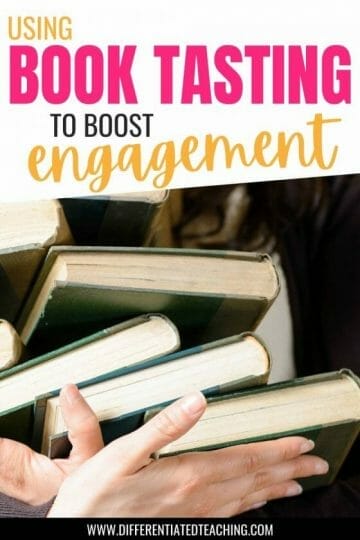
Here is how the book tasting process works:
Step 1: Have the students read each book’s back cover, look at the front cover, & read the first page.
Step 2: Discuss what students noticed about the book or books. What do they think it is about? you might also have students look for any commonalities among the book choices.
Step 3: If desired, allow students to choose their book or vote for the class book using sticky notes.
For a for a digital novel study, put a little about each book into a Google Form. Leave off the title & allow students to review and vote for their choice.
7. Research the Setting and Time Period
Teaching a historical fiction novel can be an interesting and engaging way to teach history. Both the novel and the facts are vetted by experts before being put in front of your students. However, even these experts don’t always have the time to prepare your students for the novel, so you’re left to your own devices.
This presents some problems -namely that your students may have a hard time understanding characters from different time periods or could be lost when you start talking about the historical events in the novel.
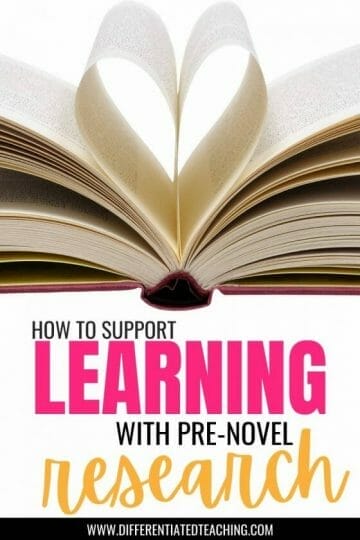
That’s why I recommend having students research the setting or historical period as part of your pre-reading activities.
This doesn’t mean you need to have students dig into a full-blown research project. A short investigation can help students understand what life was like for the characters of the story. With a bit of guidance and clear directions, this research can be done in a single class period.
A WebQuest or escape room format are both great, structured options for doing this research. Many times you can find these already created online. For example, here are a few of the options I found after a quick search:

As a teacher, I’m always looking for ways to make my novel studies more engaging and effective. There are so many ways to introduce your novel study. If you are looking for ideas for your next book unit, I hope you’ll try one of these pre-reading activities.
Spending a day or two doing a few pre-reading activities can make a big difference in engagement. This time also allows students to learn background information and increase their understanding of the plot and characters.
Getting ready for your next novel study?
I’ve created this free Novel Study Planning Guide to help you plan your next novel unit. Enter your info to get instant access so you can start organizing your ideas for pre-reading activities now.

